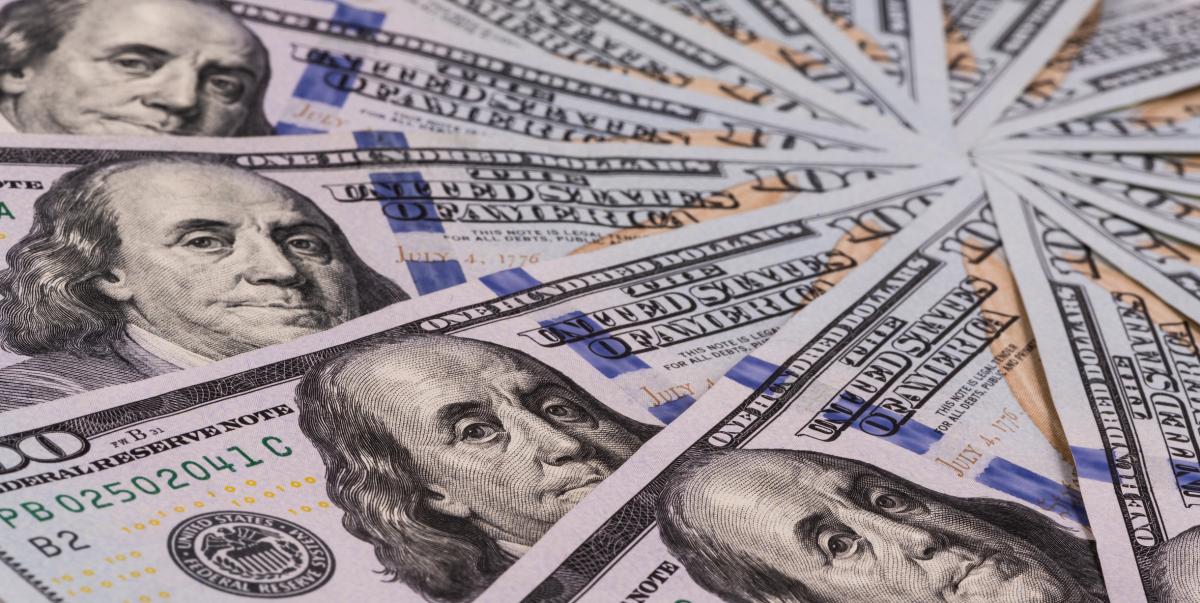By Madeline Shi, a senior financial writer for Pitchbook News. Madeline writes about private equity and the debt markets.
Last year was a mixed bag for the US private equity market. Deal activity remained resilient even as investors grappled with the deceleration of economic growth and the Federal Reserve's aggressive rate hikes.
As the new year dawns, challenges lie ahead, including the prospect of higher interest rates, tightening financial conditions and further economic slowdown—or even recession.
PitchBook's latest Quantitative Perspectives Report highlights how these uncertainties might impact the PE landscape next year. We've identified and explored four key takeaways from the report.
While inflation showed signs of easing in recent months, recession fears linger.
Amid the prospect of slowing economic growth and the Fed's aggressive interest rate increases, the probability that the US economy will go into recession in late 2023 or early 2024 stands at 65%, according to the quantitative recession model in the report.
Macroeconomic headwinds set up a slew of challenges for private equity this year, including a more difficult borrowing environment.
The leveraged loan market, typically the main source of debt financing for backing buyouts, took a hit. In the six months from May through October, the total issuance of leveraged loans funding buyouts dropped to just $22.3 billion, the lowest since 2020, according to the report.
Despite the weakness in the syndicated loan market, PE investors still carried out a good number of buyouts in the first three quarters of 2022 as they bypassed bank syndications and borrowed from direct lenders. As a result, private debt funds expanded their share of the buyout debt market amid the pullback from banks.
The rise in benchmark rates and credit spreads will put more burden on interest payments for leveraged companies.
For a company with a leverage ratio of 6x, its interest coverage ratio—a measure of the company's ability to pay off its debt—will decline to 1.4x in a scenario where benchmark rates are around 4%. That would be a significant drop from a healthy interest coverage ratio of 3.5x when short-term rates are near zero.
Data from Leveraged Commentary & Data, a company PitchBook acquired in 2022, records an average leverage ratio of 5.9x—defined as debt divided by EBITDA—for buyout deals financed in the leveraged loan market this year through the end of September.
That figure is largely the same as in previous years.
Uncertainty around the economy and monetary policy is expected to dampen deal activity for buyout transactions in the upcoming quarters. The report forecasts buyout deal volume in the four quarters through September 2023 will be around 10% lower than the previous four quarters.
However, there will likely be a slight bounce back in exit activity, with secondary buyouts continuing to grow proportionally across all PE exits, according to the report.
Q4 2022 Quantitative Perspectives: When the Tide Goes Out | PitchBook
About the Author:
Madeline Shi is a senior financial writer for Pitchbook News. Madeline writes about private equity and the debt markets. Previously she has written for news outlets including Debtwire, Pageant Media, Business Insider and CoinDesk. Madeline earned a graduate degree from New York University's school of journalism and is a graduate of Northeast Normal University in China. She is based in Seattle.





